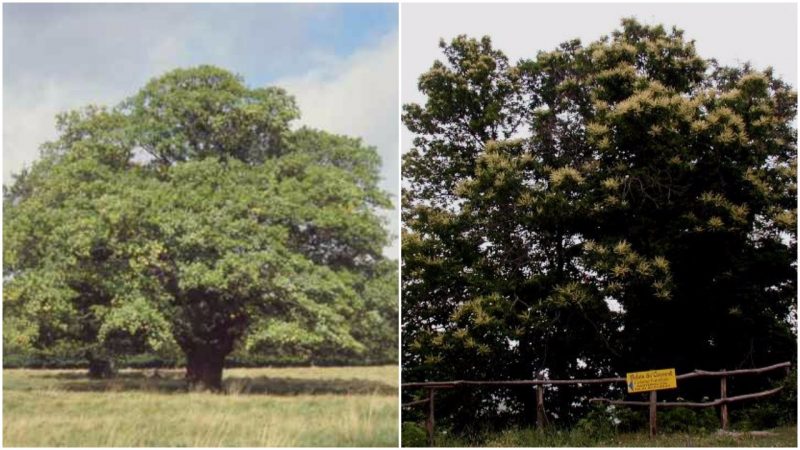Throughout history, solitary trees often served as gathering places for secret groups of various agendas. In English folklore, it was even believed that the Devil himself appears at night beneath solitary trees at crossroads across the country.
The individual trees which served as historical gathering points are known as “trysting trees”. The trees that were chosen as trysting trees were usually chosen because of their individual prominence or unusual properties: they were usually trees of lighter and smoother bark and stood on their own at the side of the road or in forest clearings.
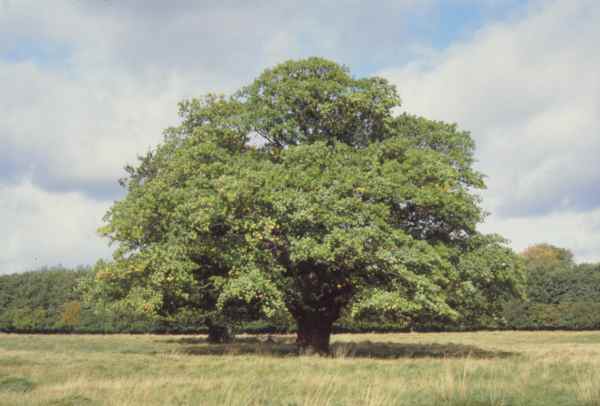
The term “trysting trees” comes from the Old English word “tryst”, which signified the time and place of a meeting, especially for lovers. The word eventually acquired new meaning and evolved into the word “trust”. The practice of choosing trysting trees has existed in England and Scotland since at least the late 15th century when the Earl of Hopetoun signed estate documents under a giant yew tree in East Lothian.
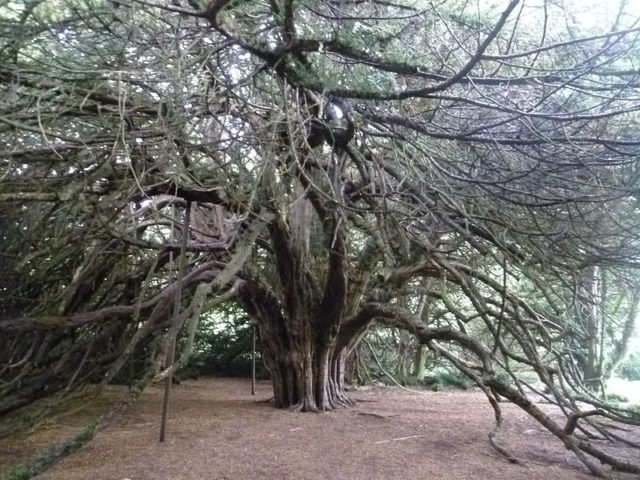
The yew tree became known as the “Ormiston Yew”, and can still be visited in East Lothian. The Ormiston Yew was quite a popular trysting tree: it was described as the “favorite resort of the Reformers” during the Scottish Reformation.
Another surviving trysting tree is known as the “Covin Trysting Tree”. It is a giant sweet chestnut tree that was allegedly planted in the 12th century. The Covin tree is a popular landmark of Bemersyde and was pictured in several important paintings of J.M.W. Turner, a prominent English Romanticist landscape painter. The paintings can be seen in the British Museum in London.
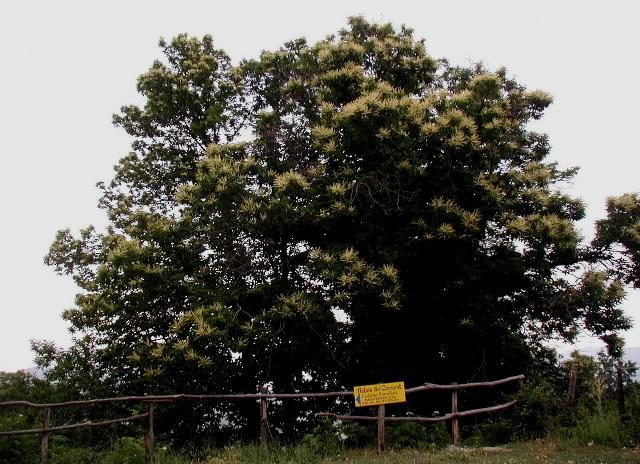
Many trysting trees existed all over the United Kingdom and the United States. A trysting tree in South Yorkshire was associated with Robin Hood, and the famous Scottish poet Robert Burns wrote of a hawthorn trysting tree at the Millmanoch Mill in South Ayrshire.
This tree was destroyed in a storm, but another hawthorn has been planted in its place and is now protected by an iron railing.
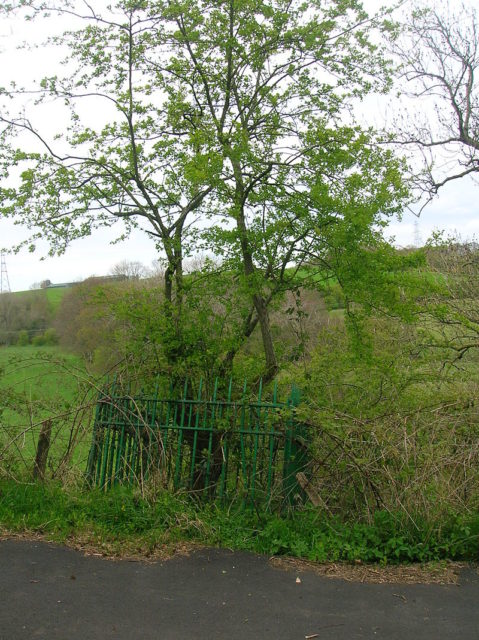
A famous trysting tree survives in San Juan Capistrano, California. It is a sycamore tree that was used as a meeting point by the notorious local bandit Tiburcio Vasques and his gang. The gang operated between Santa Ana and San Diego, where they used to pillage stagecoaches and rob unwitting travelers.
Read another story from us: Japanese train station built around a giant 700-year-old camphor tree
Many historical trysting trees were destroyed by storms, fires, and human mistreatment, but those that still stand quietly remind passersby of a history full of secrets.
